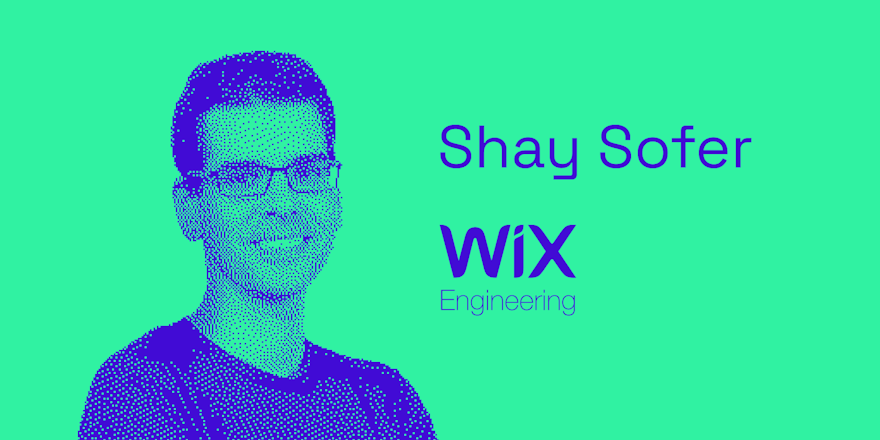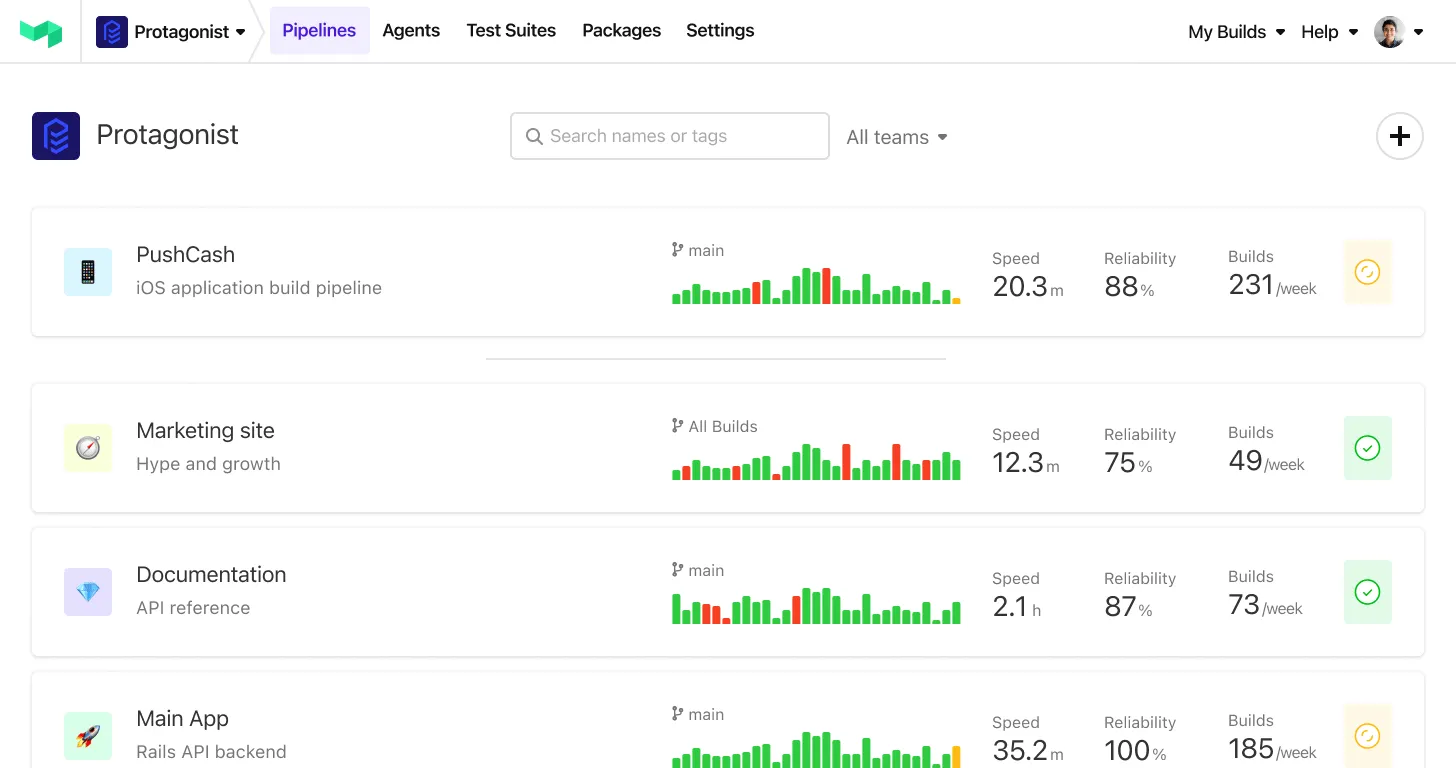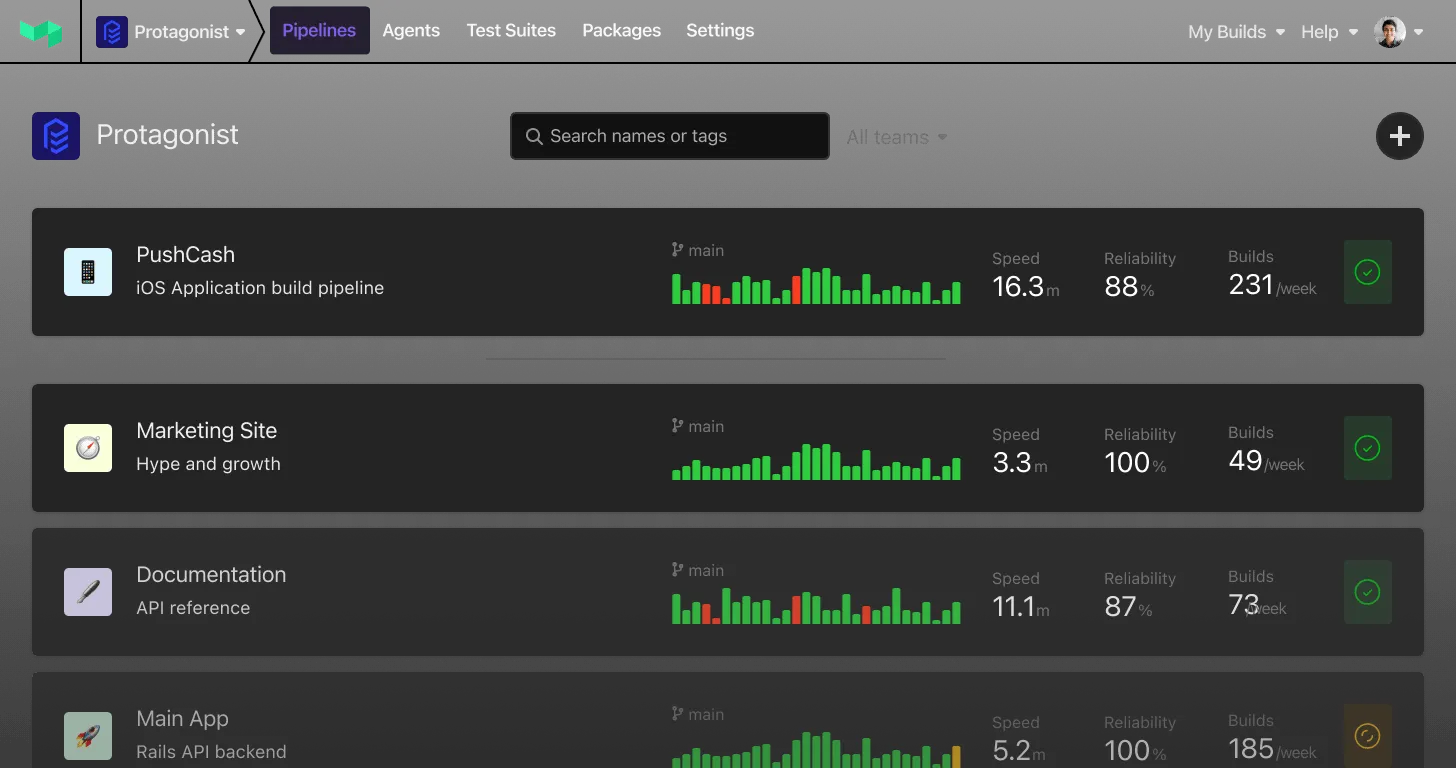
Recently I attended PagerDuty Summit (disclaimer: we were also a sponsor of the event) and had some time to explore the themes and priorities driving innovation in DevOps.
For me, attending conferences has always been the best way to hear what people are exploring in software development. I’m still adjusting to the world of online conferences, and the social times in between sessions stand out as the most valuable to me because of the conversations and excitement generated when we talk about what we’re working on, and the problems we’re tackling.
Reg Braithwaite's conversation with Christine Yen (CEO of Honeycomb.io) and Armon Dadgar (Co-Founder and CTO of HashiCorp) was the highlight of the summit for me, and together they explored What’s next in DevOps.
The central theme that emerged was – as Christine succinctly put it – that despite it being shocking just how few truly new ideas there were in DevOps right now, the sheer complexity of the space was massive. And that this complexity was driving innovation towards a much needed cognitive shift in providing users with the right translation layer to allow people to work more effectively.
“so much about DevOps has been about the pendulum swinging between Development and Operations and bridging that gap. And it’s a constant swinging between these two personas; the technical and the people, similar to the pendulum between Monolith versus single line lambda services...what’s the right way to do things? We just keep swinging back and forth.” Christine Yen – CEO of Honeycomb
The age old question that asks, “what’s the right way to do this?” is not going away any time soon so moving on and allowing people to solve bigger problems is more important.
To put the complexity into perspective, Armand reminisced about a recent experience he had:
“I decided to help my partner spin up a VM to do some things...and 5 hours later...I still haven’t managed to do it, and I’m the CTO of a company that runs cloud automation as a service.” Armon Dadgar – Co-Founder and CTO of HashiCorp
As providers and creators of tools in the DevOps and Infrastructure Management space, Armand implored us to consider how we make it easier to bring more people into the fold, how to better surface observability and data. He highlighted that development teams and software engineers want to innovate higher up the problem scale, so instead of handing them a big bucket of screws and bolts and saying “over to you,” consider building tools that allow them to solve the problems that really matter. Because the rest is really just plumbing.
What new things should we expect to see in DevOps?
Christine Yen
- A focus on managing complexity
- How to have distributed/complex systems make sense
- Reducing the gulfs between different parts of organisations and systems
- Don’t build dev tools to do things better, instead build tools to help dev teams to work better together as people and as teams
Armon Dadgar
- Shift to zero trust security architectures (because the secure perimeter approach of the past simply doesn’t work anymore)
- There will be a major philosophical shift in how we think about security and who the responsibility lies with: the application itself or the authentication system.
- We need to shift from thinking that these 4 walls will protect us
Big thanks to PagerDuty for putting on the event 👏
If you'd like to learn more about using Buildkite and PagerDuty together you can read our Buildkite and PagerDuty integration documentation, or watch this video demo'ing how PagerDuty Change Events integrates with Buildkite Pipelines:


